Questions are mounting in the wake of thedevastating plane crashnear Washington DC, whichclaimed the lives of 67 peopleon Wednesday night (January 29).
The crash, involving aUS Army helicopterand anAmerican Airlines passenger plane, has left investigators scratching their heads to determine what went wrong and analysts questioning the safety protocols at Reagan National Airport.
Highlights67 people died in the DC crash involving a US Army helicopter and American Airlines plane.Aviation expert suggests a reevaluation of military craft and commercial planes sharing airspace.Dr. Bubb explained that American Airlines uses a special collision detection system, which many military helicopters lack.41 bodies have been recovered, and recovery efforts continue using sonar technology.
Bored Pandaspoke withDr. Daniel Bubb, a former airline pilot with a PhD in political science from the University of Missouri, who believes the answer may lie in amilitary practicedatingback to WW2.
In the meantime, recovery teams face the grueling task of retrieving bodies from the cold, murky waters of the Potomac River, and the Pentagon is in the middle of an investigation on the matter.
RELATED:
The accident, which occurred in what Dr. Bubb refers to as “one of the most tightly controlled airspaces in the country,” has baffled both military personnel and aviation experts
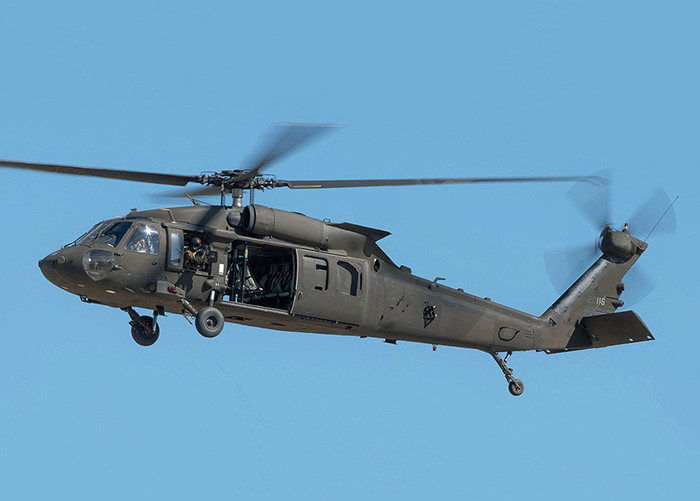
Image credits:Wikimedia
“It’s hard to fathom how the helicopter crashed into the passenger plane, especially if it was in contact with air traffic control,”Dr. Bubbsaid.
As theinvestigationcontinues to unfold, government officials have given small updates on its progress.
For instance, US Transportation Secretary Sean Duffy initially saidthat bothaircraft were flying standard flight patterns.
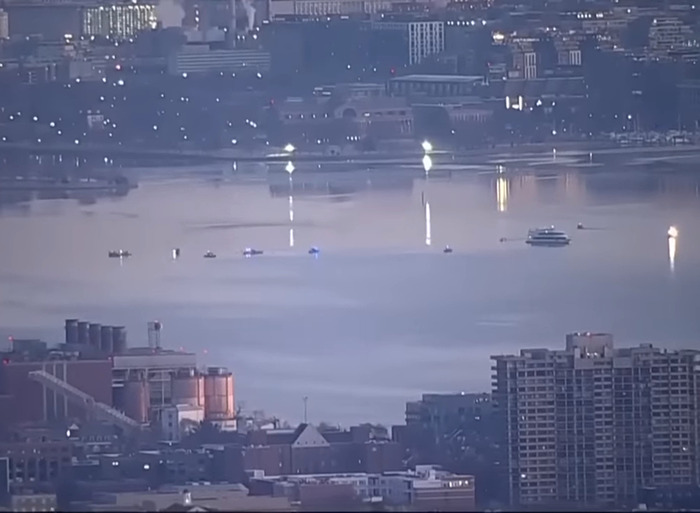
Image credits:BBC News
President Donald Trump followed up with apost on social media stating that it wasthe Black Hawk helicopterthatstrayed from its usual path, writing that it was “flying too high.”
“[We] have to wait until the FAA, NTSB, Army, and other agencies have fully conducted their investigation and issued a report. They have access to more data and details than we do,” Dr. Bubb argued.

Image credits:University of Nevada, Las Vegas
For Dr. Bubb, there’s a conversation in need of being had surrounding security protocols at airports and whether military training exercises near busy airports should be reevaluated.
“It’s common for military aircraft to conduct training operations in the same airspace as commercial aircraft and even share airports,” Dr. Bubb mentioned. “This is something that predates World War II.”
However, with Wednesday’s tragedy bringing the dangers of this arrangement into sharp focus, there could be renewed discussions on how to better separate civilian and military flight operations at airports like Reagan National.
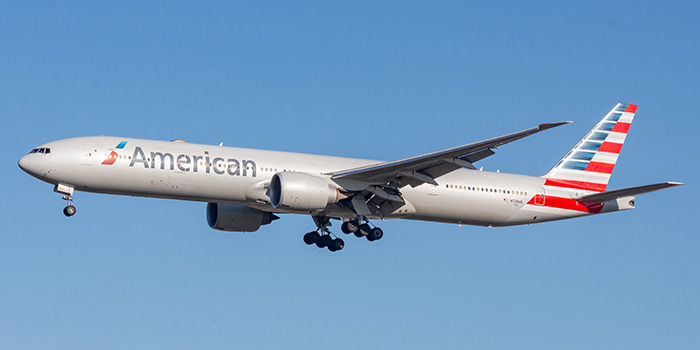
“This accident might prompt conversation about the danger of military and civilian operations happening [at the same time],” the doctor said.
As of today (January 31),a temporary restriction has been placed onhelicopter flights near the crash site, and only conductingmedical or police operationsisallowed.
The FAA has yet to indicate the duration of the measure or if changes to military training protocols will follow.
Dr. Bubb believes the focus of the investigation should be on analyzing the communications between both aircraft and traffic control
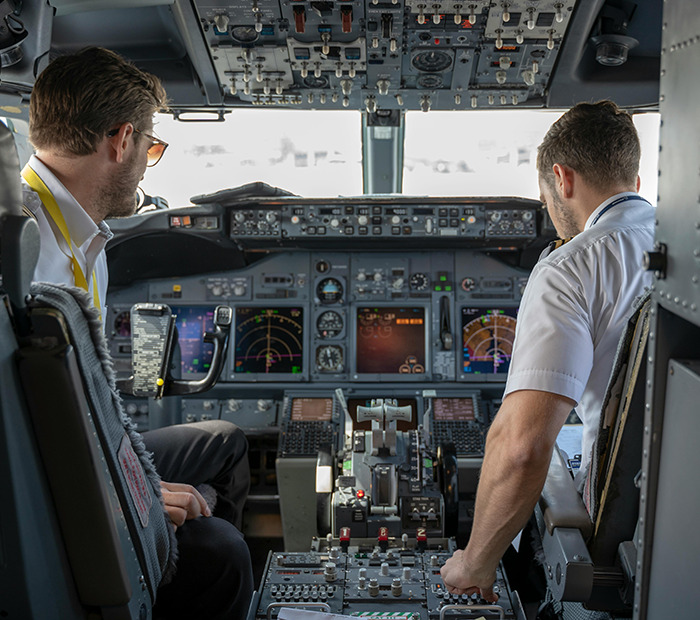
Image credits:Rafael Cosquiere/Pexels (Not the actual photo)
As details of the investigation remain confidential, Dr. Bubb weighed in on the aspects that are likely to be the focus of it.
The doctor explained how investigators are likely to zero in on communication between the two aircraft involved.
Shortly after the incident, audio clips were released between the air traffic controller at Reagan International Airport and the Black Hawk helicopter.
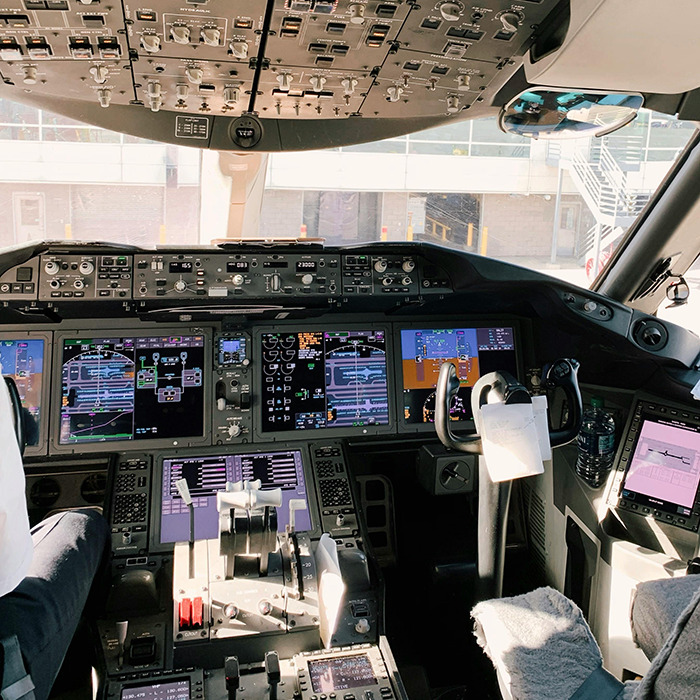
Image credits:Mariya B./Pexels (Not the actual photo)
The controller asked the military craft if they had “the CRJ in sight,” referring to the passenger jet. The helicopterwas then toldto “pass behind the CRJ,” to which they replied: “PAT25 has the aircraft in sight, maintaining visual separation.”
“The NTSB, FAA, and Army will review the Black Boxes and Cockpit Voice Recorders to find out what happened,” the doctor added. “They will focus on the air traffic controller and pilots.”
Dr. Bubb pointed out that American Airlines comes with an advanced collision avoidance system that the military helicopter lacked
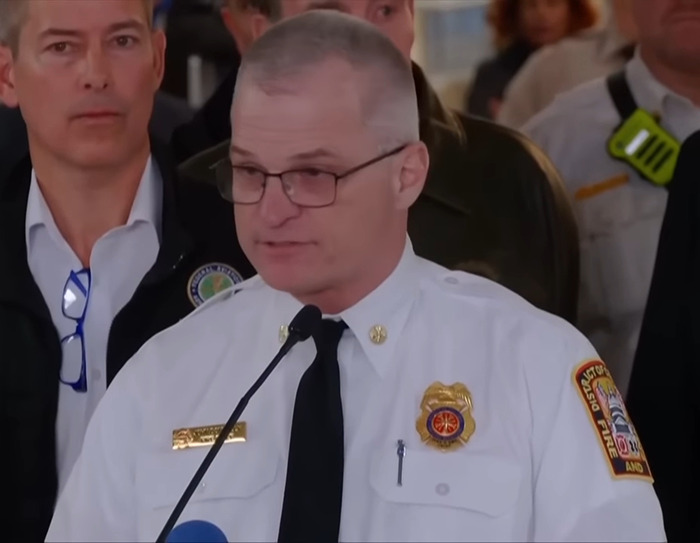
When it comes to American Airlines, Dr. Bubb, in his experience as a former commercial pilot, remembered how the company operates using a Traffic Collision Avoidance System (TCAS), which enables pilots to see which aircraft are in their vicinity.
“If the planes get too close, the instrument will alert pilots,” he explained.
For the doctor, this is one of the main factors making interactions between commercial and military aircraft difficult as he pointed out, “Many military helicopters don’t have TCAS.”
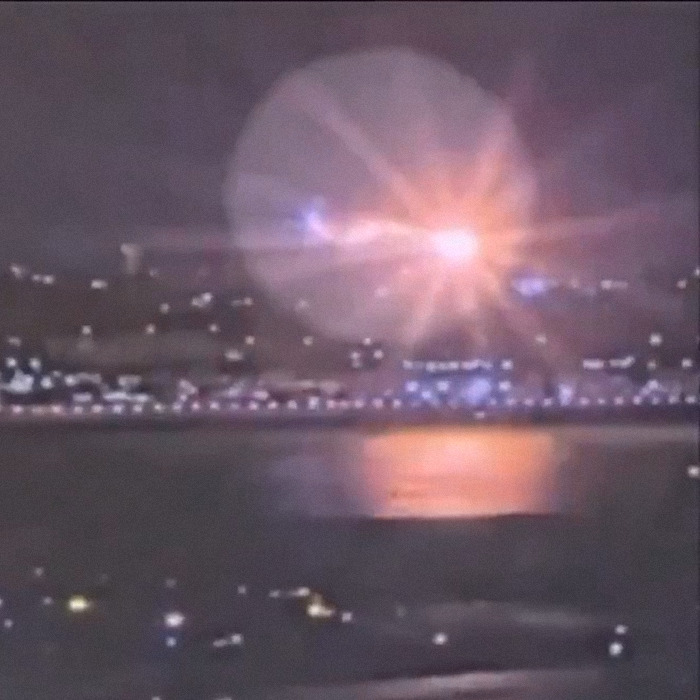
Image credits:JewishWarrior13
Since the army vehicle did not have access to a TCAS,they had to depend on thecommunication with air traffic controllers, which might have occurred too late forthemto correct course and prevent the tragic event.
Despite this, Dr. Bubb believes the fault may lie elsewhere, pointing outthat “for what hasbeen releasedthus far, it sounds to me that the air traffic controller said what he was supposed to say.”
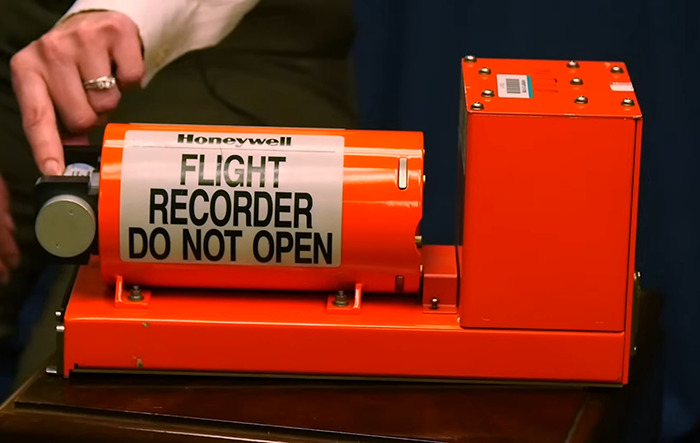
Image credits:Vox
District of Columbia fire chief John Donnelly revealed in a press conference today that the Reagan National Airport had resumed operations but at reduced capacity, with over 100 flights being canceled.
Donnelly confirmed the number of recovered bodies as 41, with 28 of them being positively identified.
Recovery efforts are underway using sonar scans, with two coastguard ships assisting and more to join tomorrow. The immediate steps involve the careful removal of the helicopter’s fuselage before more bodies can be recovered.
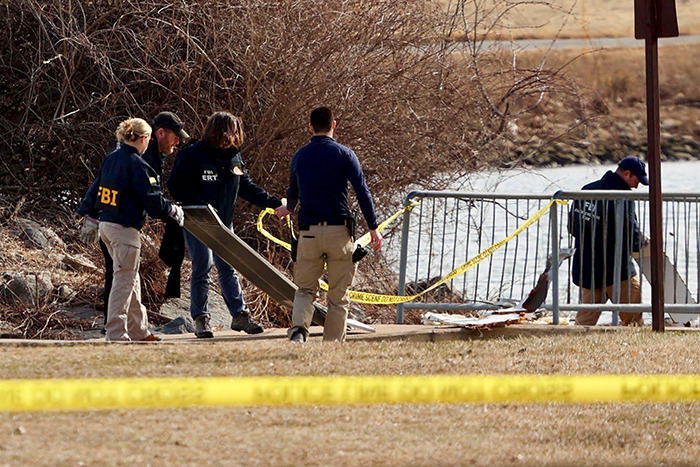
Image credits:Alex Wroblewski/Getty Images
“We’ve had over 300 responders operating at one time,” he explained, with around 500 working on the site at different times.
He also warned people to “avoid fundraising scams” and to “only trust verified sources.
“This accident is on the helicopter pilots.” Netizens shared their theories as to what caused the crash, with many pointing fingers at the military craft



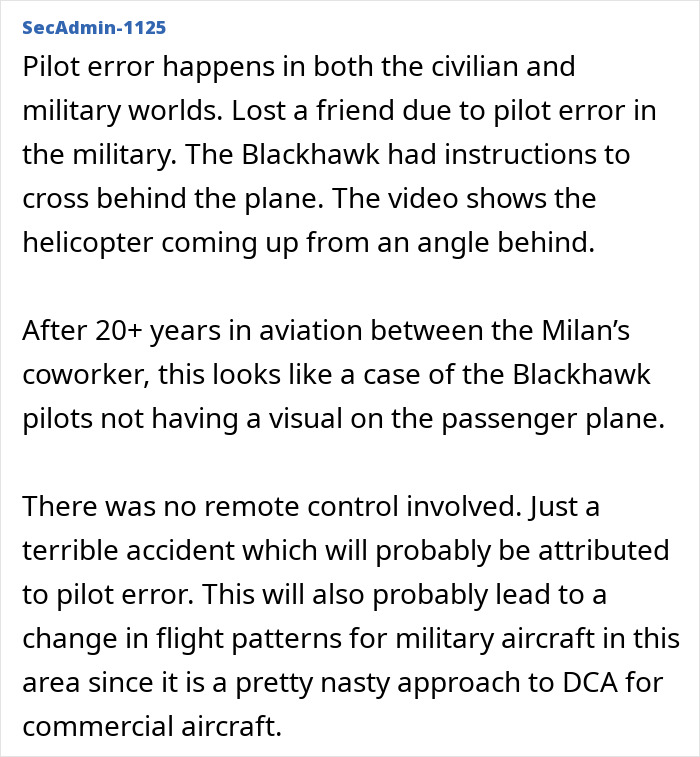
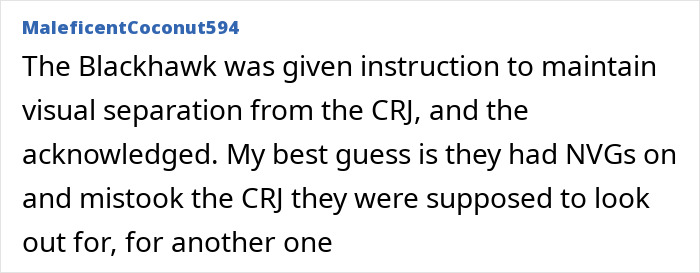
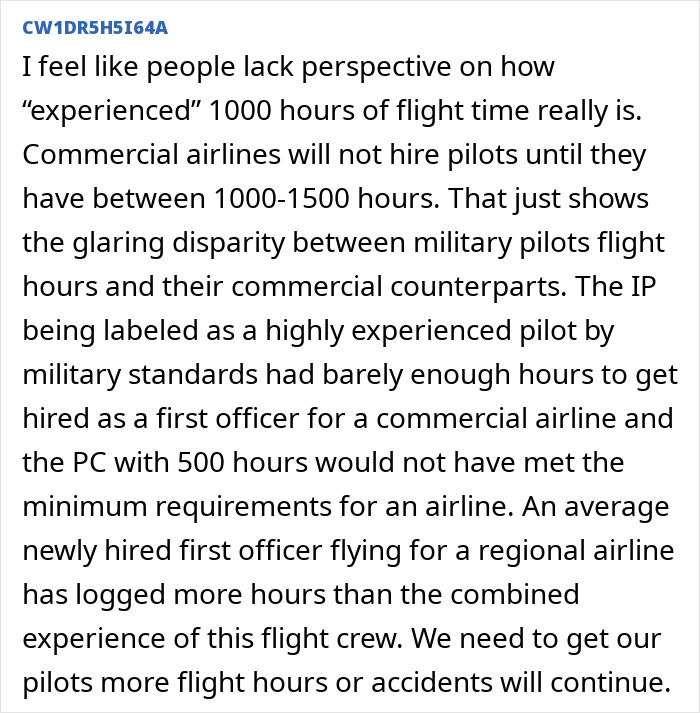




Thanks! Check out the results:Karina Babenok
Lei RV
Renan Duarte
News